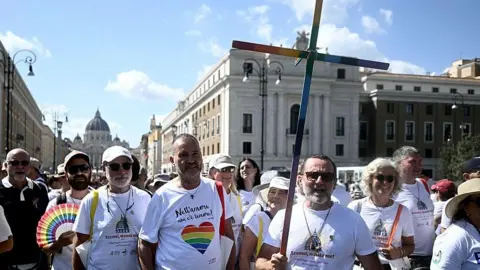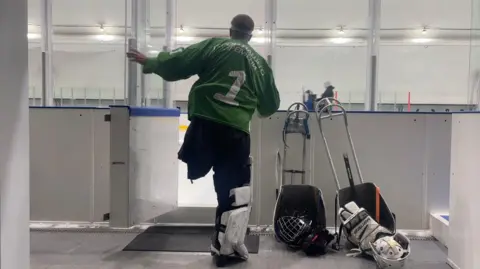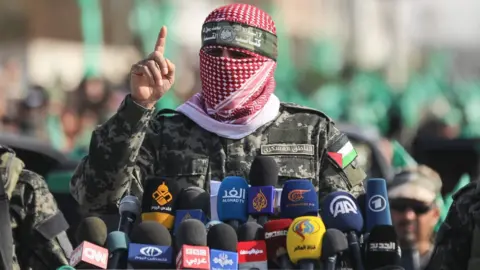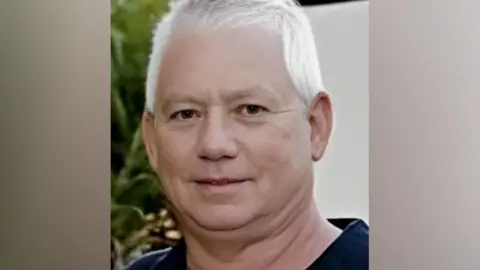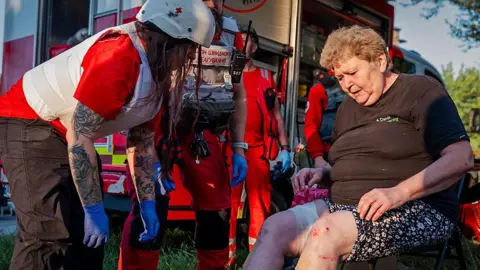In a humid corner of northern Vietnam, scientists gathered around the grave markers, known only as “unknown martyr,” as they embarked on an emotional and significant endeavor. Their task was not solely academic; it was a quest to heal the wounds of war, a poignant fusion of science and memory. The remains unearthed, encased in lustrous red mud, belonged to countless Vietnamese soldiers whose identities remained lost in the annals of history.
On that fateful June afternoon, researchers were driven by the urgency of providing answers to families still wrestling with grief and uncertainty more than 50 years after the Vietnam War. The challenge of identifying over a million missing Vietnamese soldiers was daunting, but recent breakthroughs in genetic analysis offered a glimmer of hope. For the first time, DNA samples could be extracted from bones dating back as long as 70 years, capable of establishing familial connections through genetic matching.
“We finally have the means to confront this profound loss,” remarked Tim McMahon, director of DNA operations at the U.S. Defense Department, referring to the groundbreaking techniques that could reshape the narrative for those still unaccounted for. As genetic tests clarify fragmented histories, families could find solace in discovering the fates of their loved ones.
Experts see these advancements not only as vital for identifying Vietnamese soldiers but also as a framework that could be applied globally, potentially addressing the remains of individuals lost in natural disasters such as wildfires or typhoons. The collaborative efforts draw together Key players, including the International Commission on Missing Persons, underlining a unique moment of partnership between the U.S. and Vietnam.
This venture, however, transcends mere science; it encapsulates shared healing amid the echoes of a war that shaped both nations’ destinies. As the identification processes gain momentum, it illuminates a path not only to remembrance but ultimately to reconciliation, turning bitter memories into threads of connection that can unite families fractured by time and tragedy.
On that fateful June afternoon, researchers were driven by the urgency of providing answers to families still wrestling with grief and uncertainty more than 50 years after the Vietnam War. The challenge of identifying over a million missing Vietnamese soldiers was daunting, but recent breakthroughs in genetic analysis offered a glimmer of hope. For the first time, DNA samples could be extracted from bones dating back as long as 70 years, capable of establishing familial connections through genetic matching.
“We finally have the means to confront this profound loss,” remarked Tim McMahon, director of DNA operations at the U.S. Defense Department, referring to the groundbreaking techniques that could reshape the narrative for those still unaccounted for. As genetic tests clarify fragmented histories, families could find solace in discovering the fates of their loved ones.
Experts see these advancements not only as vital for identifying Vietnamese soldiers but also as a framework that could be applied globally, potentially addressing the remains of individuals lost in natural disasters such as wildfires or typhoons. The collaborative efforts draw together Key players, including the International Commission on Missing Persons, underlining a unique moment of partnership between the U.S. and Vietnam.
This venture, however, transcends mere science; it encapsulates shared healing amid the echoes of a war that shaped both nations’ destinies. As the identification processes gain momentum, it illuminates a path not only to remembrance but ultimately to reconciliation, turning bitter memories into threads of connection that can unite families fractured by time and tragedy.













